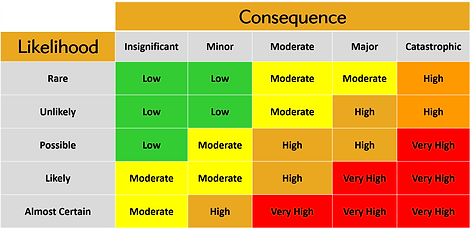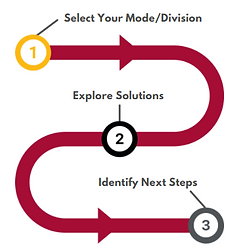


Adaptation & Resiliency Toolbox
Bus - Park & Ride


Background
Commuter Bus primarily operates on weekdays during morning and evening rush hours, but there are some select trips that operate on weekends and operate reverse-peak. Currently, there are 36 routes that operate throughout much of the Baltimore and Washington metropolitan regions. While bus maintenance facilities and fixed infrastructure are included in this assessment, local and express bus routes are operated on roadways and highways which are the responsibility of the relevant local, County, State, or Federal agency. Additionally, bus stops are flexible and able to be altered if inundated and are therefore not considered within this assessment.

Vulnerable Bus - Park&Ride Assets

Bus - Park & Ride assets have been classified as being low, moderate, “high” or “very high” risk for vulnerability to climate change, as shown in MDOT MTA's Mapping Tool. For additional information on how assets were classified, refer to “Vulnerability Criteria.” Vulnerable Bus assets include parking lots only and adaptation measures are suggested.

Identifying Appropriate Adaptation Measures
Adaptation measures should be considered for Bus assets identified as "high" and “very high” risk. A variety of options may be suitable at a given asset location - a single adaptation measure will not effectively reduce climate change risk in every vulnerable location. Therefore, all type of solutions (long, mid, short-term) should be reviewed for applicability. In general, long-term solutions are considered to take the longest time/cost to implement whereas short-term solutions are considered to be the shortest time/least expensive.

Risk is determined by "likelihood" and "consequence" which are defined as the following:
Likelihood – Possibility that a sensitive location/asset would be impacted from a climate change scenario (hurricane, sea level rise, flooding
Consequence – Rating based on a set of potential consequences (costs, service interruption, reputation/image of MDOT MTA) to an impacted vulnerable site

Explore Solutions
The ARToolbox provides an overview of each identified "high" and “very high” Bus asset, vulnerabilities (Mean Sea Level Rise, Hurricanes, 100-Year Floodplains) and potential long, mid, and short-term solutions.
*Log In to View Adaptation Measures identified for specific Bus assets.

*Data regarding specific MDOT MTA assets and potential adaptation measures are for internal MDOT MTA personnel. Please contact MDOT MTA Environmental Planning Division for access.

Identify Next Steps



Long-Term Solutions require the highest level of planning and design for implementation.
-
Coordinate with Asset Management
Review the Bus Lifecycle Management Plan and Bus Cornerstone Plan; Contact your TAMbassador to begin consultation and discuss funding option(s) to review State of Good Repair for vulnerable Bus assets -
Coordinate with Environmental Planning
to determine what level of environmental approvals are required and initiate consultation
Mid-Term Solutions require some level of design, approvals, etc.
-
Coordinate with Asset Management
Review the Bus Lifecycle Management Plan and Bus Cornerstone Plan; Contact your TAMbassador to begin consultation and discuss funding option(s) to review State of Good Repair for vulnerable Bus assets -
Coordinate with Environmental Planning to determine what level of environmental approvals are required and initiate consultation
Short-Term Solutions are considered relatively easy to implement/little design efforts required.
-
Coordinate with Asset Management;
Utilize the ARTtoolbox to review short-term solutions that may be implemented; discuss with TAMbassador -
Coordinate with Environmental Planning
to determine what level of environmental approvals are required and initiate consultation
